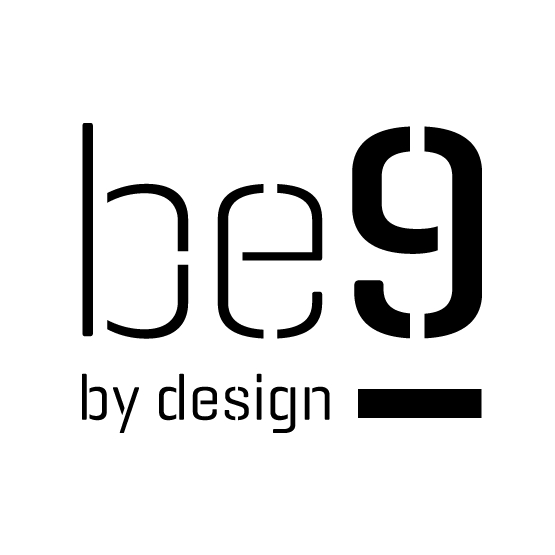A Definition
A bio-based material is a material intentionally made from substances derived from living (or once-living) organisms. These materials are sometimes referred to as bio-materials, but this word also has another meaning. Strictly the definition could include many common materials such as wood and leather, but it typically refers to modern materials that have undergone more extensive processing. Unprocessed materials may be called biotic material. Bio-based materials or bio-materials fall under the broader category of bio-products or bio-based products which includes materials, chemicals and energy derived from renewable biological resources. Bio-based materials are often biodegradable, but this is not always the case.
Source: Wikipedia
https://en.wikipedia.org/wiki/Bio-based_material
Bio composites
Straw furniture
Straw is often dumped. Much is used as animal fodder or for soil improvement as bio-fertilizer. A great opportunity for repurposing crop residues lies in the manufacture of particle board.
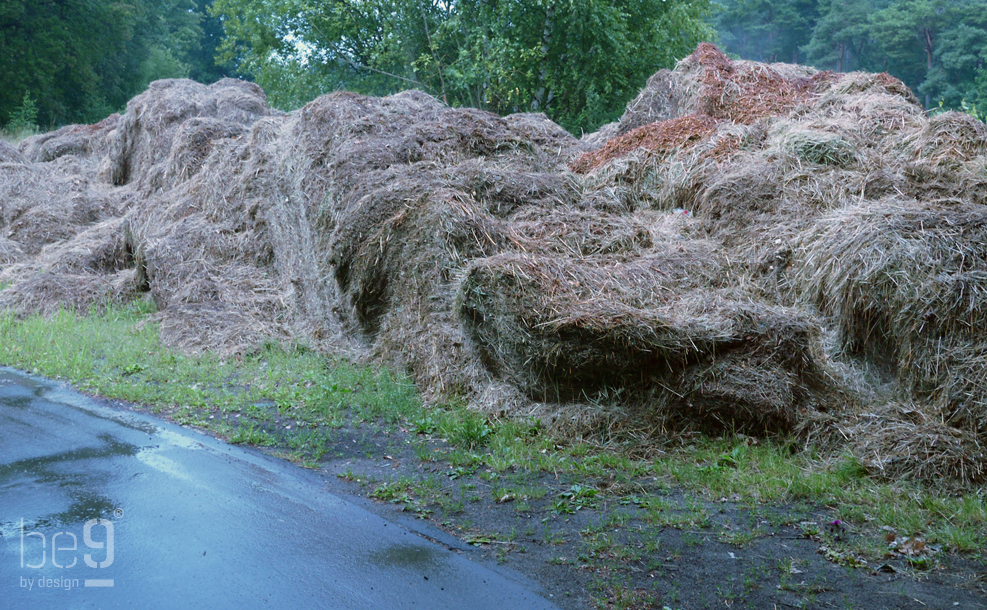
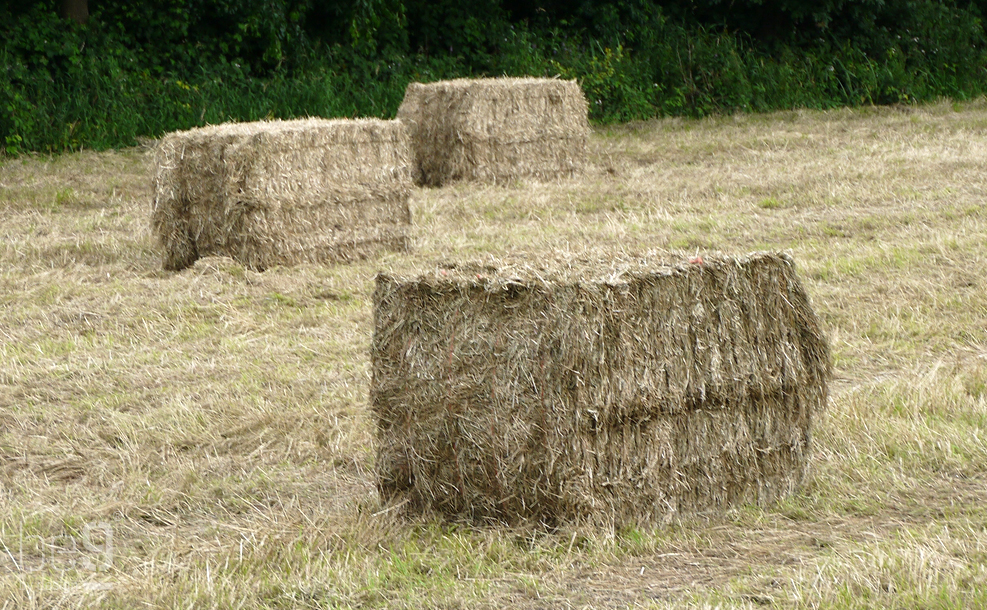
The straw-board is known as Oriented structural straw board (OSSB). The material for the straw-board, wheat straw, is sourced from agricultural surpluses.
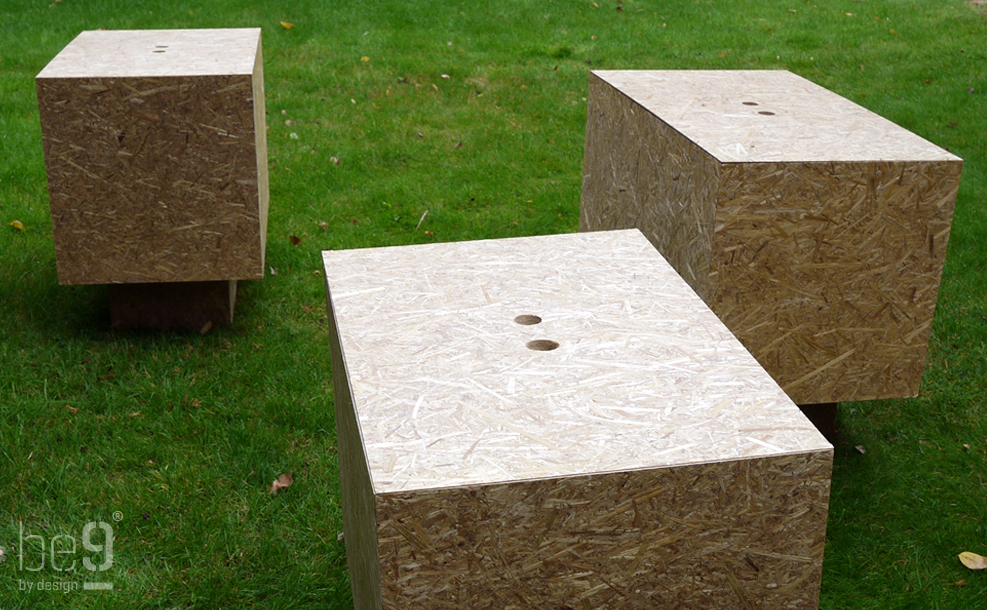
This straw-board is formaldehyde-free, which makes it ideal for in the bedroom where we spend a third of our lives. The proportions for the nightstand are based on the Fibonacci sequence.
Growing products
Some areas of bio-based design have fascinated me, like using nature not only for the supply of materials but also in the manufacture of a useful product.
Cabbage chairs
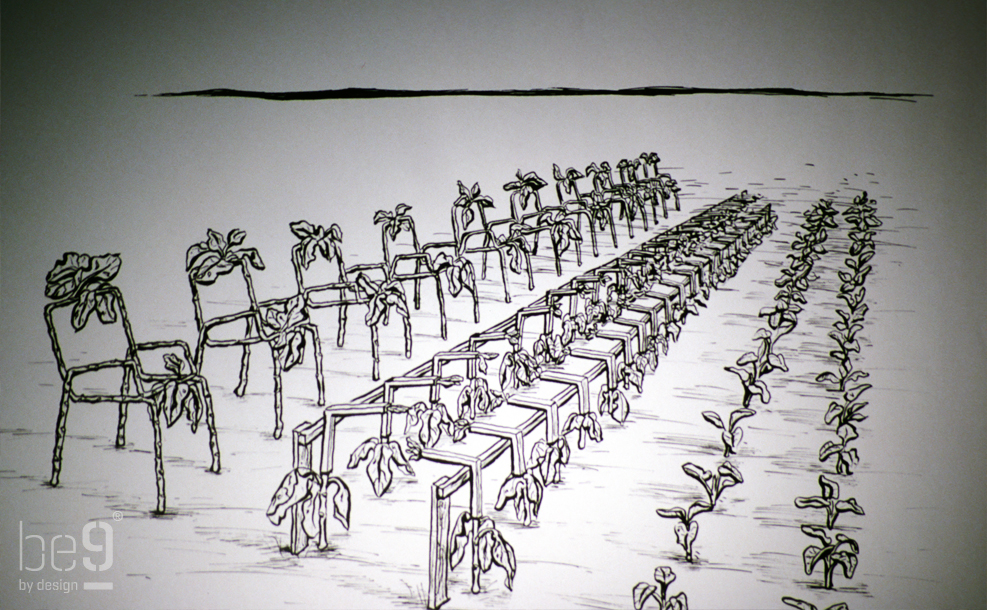
In all fairness, when a customer orders a wooden chair from a furniture store, like from the Swedish takeaway, there should be a delivery time of at least 30 years. This is the time it takes most trees reach maturity in order to be harvested, cured and processed into timber parts.
In search for a sustainable alternative for cutting down trees for furniture, an experiment was conducted involving the growing of Jersey walking stick cabbages (Brassica Oleracea Longata) for chair frames. This type of cabbage can grow over 2 meters in length within 2 years and its stem hardens and is very strong. The concept involved the manipulation of the shape and direction of the stem during growth.
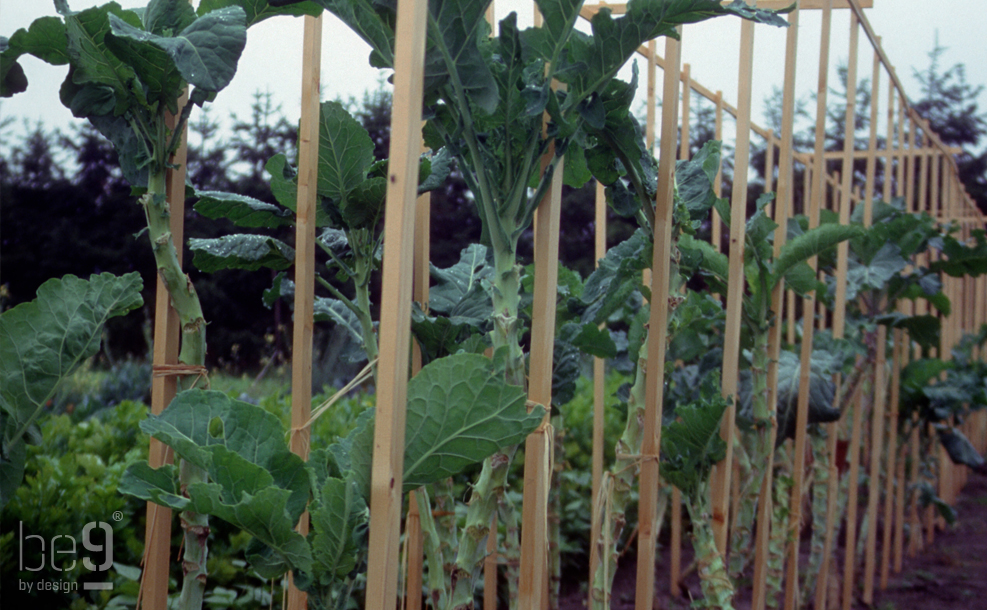
Poplar seats
Poplars on the other hand are fast growing trees and grow locally. Its timber is very light-weight, so this saves many calories in transport.
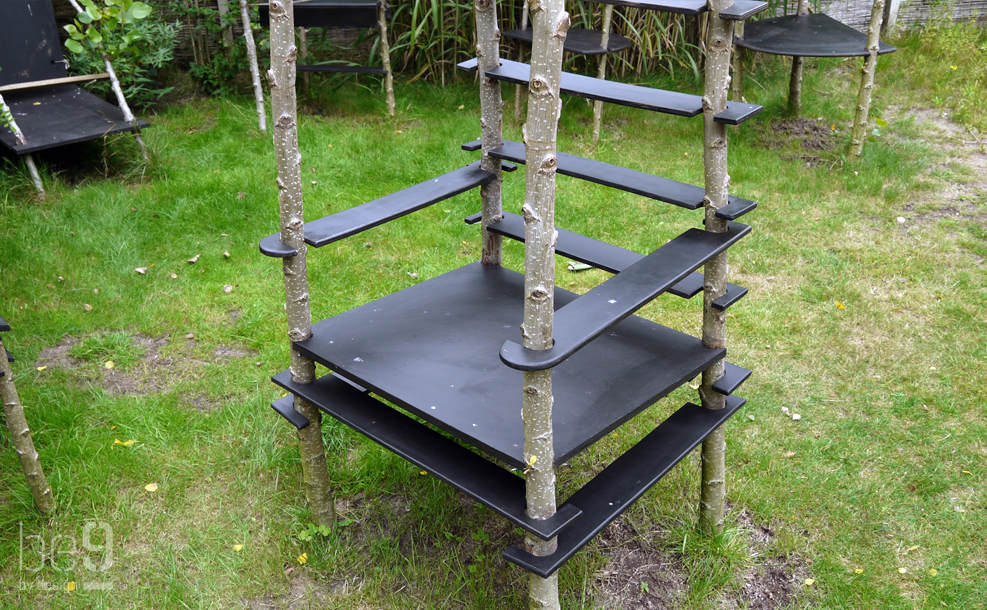
No joinery or additional material is required.
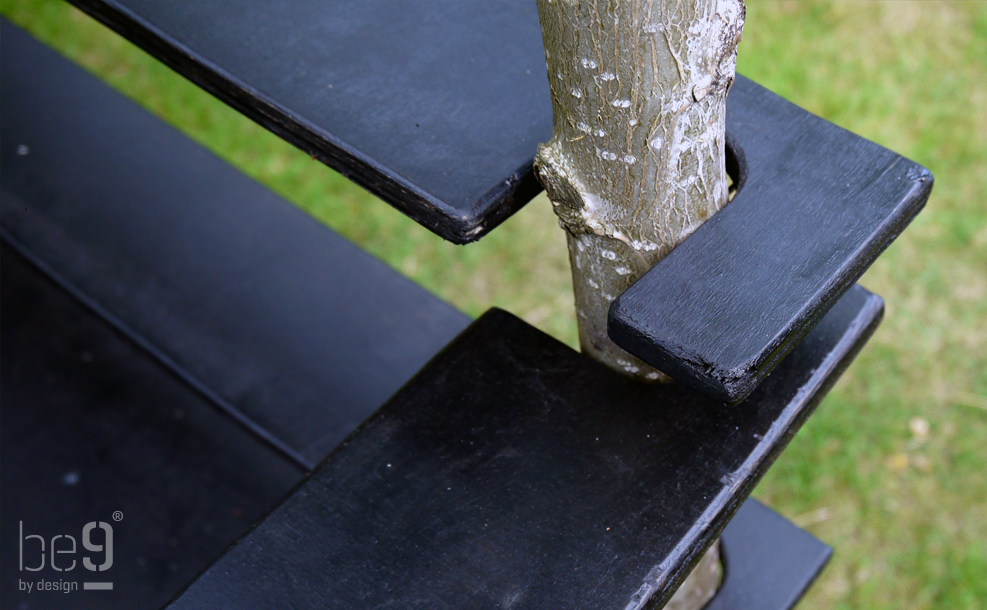
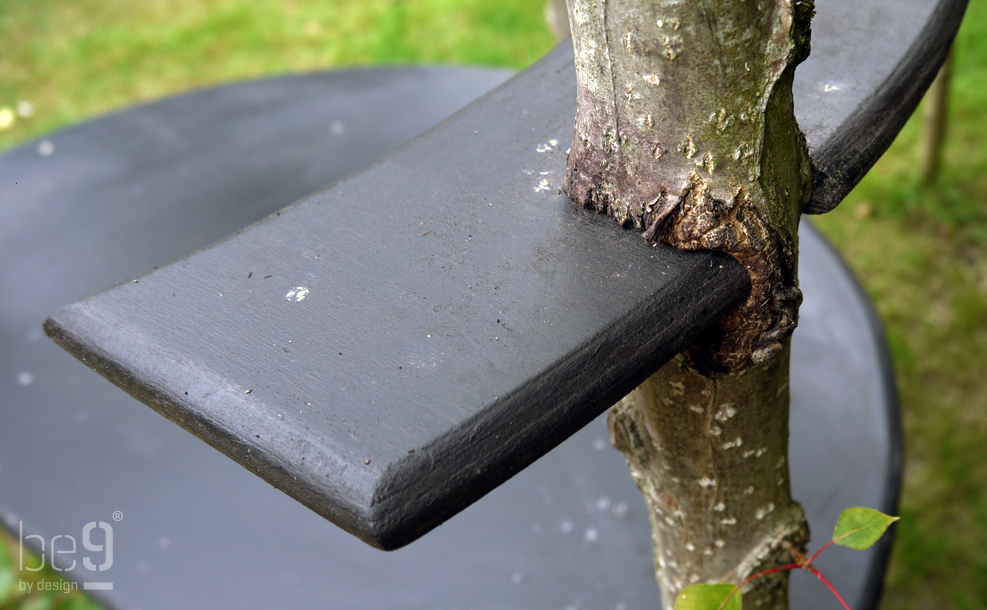
Gourd packaging
This project was started in the early nineties by modifying varieties of Squash (Cucurbita pepo) to create an alternative packaging for plastic bottles in the cosmetics industry. Squash are soft-skinned, colourful, edible and are generally smaller compared to bottle gourds but can also be cured.
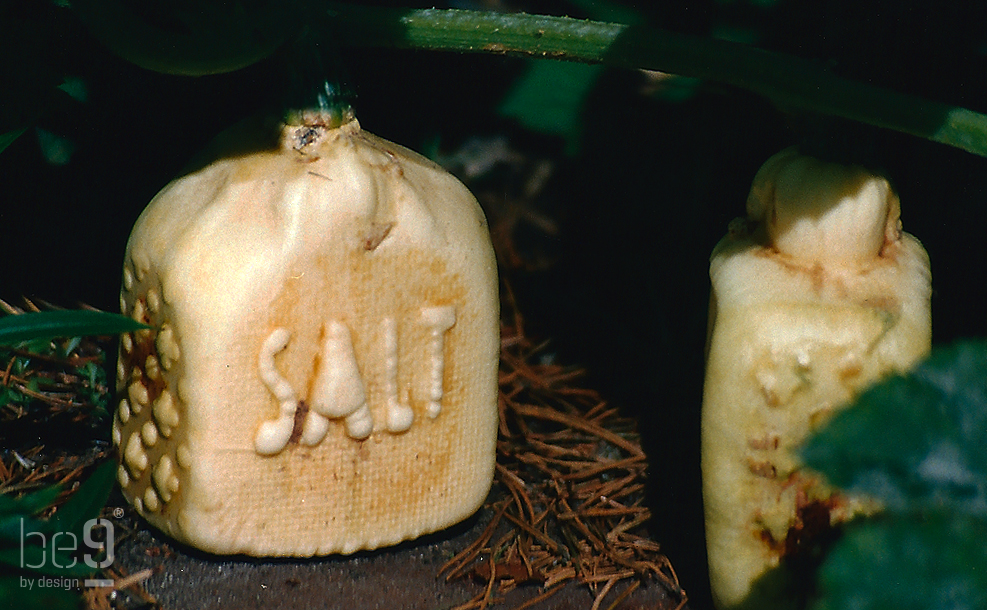
In a later stage varieties of bottle gourds (Lagenaria siceraria) were used instead. These hard-skinned gourds are usually larger and have been used as containers throughout history.
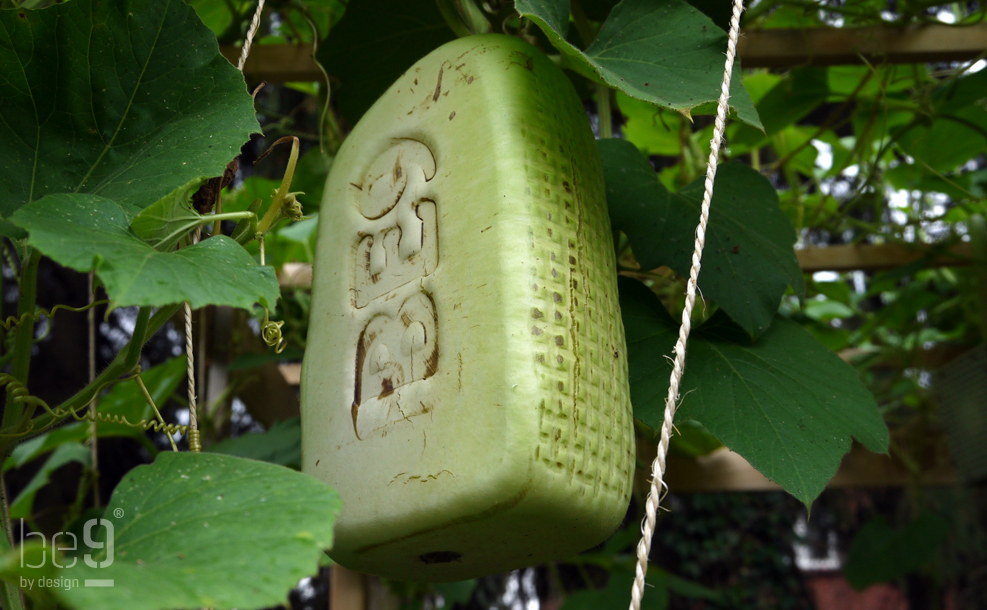
Bottle gourds (Lagenaria Siceraria) were modified for the creation of cosmetics packaging like soap, salt and oil. The gourds were led into box moulds after which they were cured. The moulds had textures, texts and logos added.
